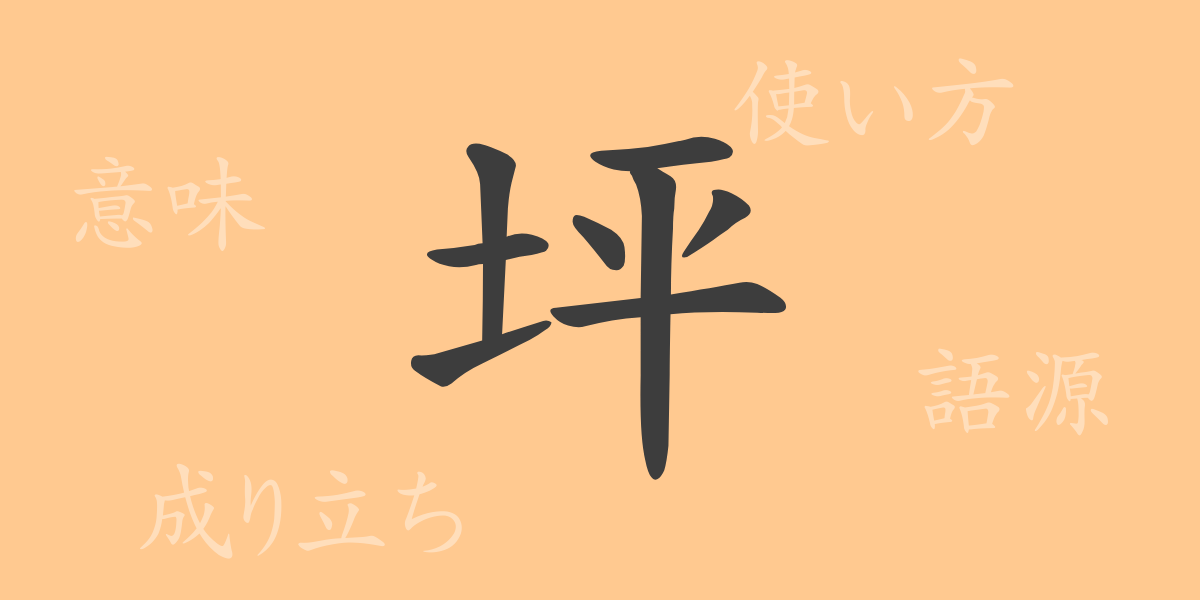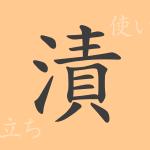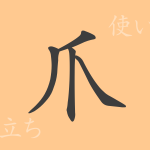Have you ever heard of the term ‘坪(ツボ)’? In Japan’s real estate and architecture, this unit is indispensable and deeply ingrained in our lives. However, few may be thoroughly familiar with the true meaning, origin, and application of ‘坪’. This article will explore the origins of ‘坪’, its meanings, uses, how it is read, its number of strokes, and even phrases and proverbs related to it. Let’s uncover the full scope of this commonly used unit in daily life.
Origins of ‘坪(ツボ)’
The origin of ‘坪’ dates back to ancient times in Japan, originally called ‘つぼ’, which was a unit used to measure the area of rice paddies. One ‘坪’ is traditionally the size of two tatami mats and is defined today as approximately 3.3 square meters. This unit is unique to Japan and is still widely used to denote the size of land and rooms.
Meaning and Usage of ‘坪(ツボ)’
‘坪’ is used as a unit of measurement for the area of land and buildings. In the real estate industry, it is frequently used to describe the size of land or the scale of a building. It is also used to denote the number of tatami mats in a room; for example, a 6-tatami room is about 2 ‘坪’. Thus, ‘坪’ plays a vital role in measuring living spaces in Japan.
How to Read and Write ‘坪(ツボ)’
The kanji ‘坪’ is well-known and commonly used in Japan.
- Reading: The on’yomi (Sino-Japanese reading) is ‘ヘイ’, while the kun’yomi (native Japanese reading) is ‘つぼ’.
- Stroke Count: The kanji ‘坪’ consists of 9 strokes.
- Radical: The radical is ‘土’, associated with earth or ground.
Phrases and Proverbs Using ‘坪(ツボ)’ and Their Meanings
There are various idioms and phrases that include ‘坪’. For example, ‘坪庭(つぼにわ)’ refers to a small garden, typically a small inner garden found in traditional Japanese homes. ‘坪単価(つぼたんか)’ refers to the price per ‘坪’, commonly used to indicate the value of real estate. These terms demonstrate how deeply the unit ‘坪’ is embedded in Japanese culture and economy.
Conclusion on ‘坪(ツボ)’
‘坪’ is a unique Japanese unit of area integral in real estate and architecture and also used to indicate the number of tatami mats, closely related to Japanese living culture. This unit is essential for understanding the space in which Japanese people live and will continue to be significant. Understanding the concept of ‘坪’ is a step towards deepening your understanding of Japanese culture, bridging tradition and modern living.

























